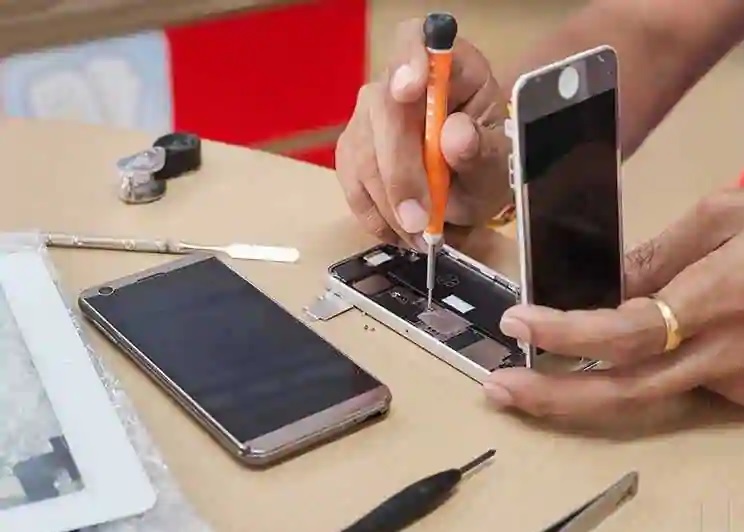Micro lens – One of the Most Important Components of a Camera
As far as starting or enhancing your photography, one should know the basic components of a camera and how they work in conjunction to take stunning photos. Micro lens is one of the most vital components of it. An assembly of lenses is used in tandem with the camera body and system in order to make images of objects either on a film or any other media that can store images. Also, a micro lens plays an important role in information optics. Knowing about them will help you understand the camera itself better. This knowledge is important when you learn more in-depth techniques in photography. In this content, let’s take a look at the individual components and how they work.
Camera Body
The body of a camera is the fundamental of the camera itself. The camera body is the part that you hold, and it consists of many significant parts. As far as DSLR cameras, camera is essentially its body.
For instance, if you see a Nikon D5300 DSLR camera on sale anywhere, the D5300 refers to the camera body. The other things that may be included, like lenses or flashes, are accessories that can be interchanged.
Camera Lens
The camera lens is basically the most important component of the camera. Photography revolves around light, and lens is the component that manipulates the light to enable us to capture beautiful photos.
Lenses are manufactured using pieces of glass that have been finely shaped and polished in order to direct the light in a certain way. Because they are a collection of glass pieces, most professional photographers refer to lenses as simply glasses.
A few cameras have fixed lenses, which are built into the body of the camera. Most compact-style cameras have this kind of lenses. Bigger cameras like DLSRs typically have interchangeable lenses. This ability to change the lenses helps photographers use different types of lenses in order to create a variety of effects or techniques.

Camera Lens Aperture
Aperture is one of the most important settings of a camera, apart from ISO and shutter speed. The camera lens aperture will be positioned inside of the lens and alters to manage the amount of light that passes via the lens and into the camera. The aperture has various levels known as “f stops.”
The fewer the number of the f-stops, the larger will be the opening and more light passes through the lens. A tiny f-stop will be f/2.8-f/4.
The larger the f-stop, the smaller will be the opening, and less light can pass through the lens. Typically, a large f-stop will be f/1-f/16. The aperture also determines how much of the image is in focus, called the depth of the field.






